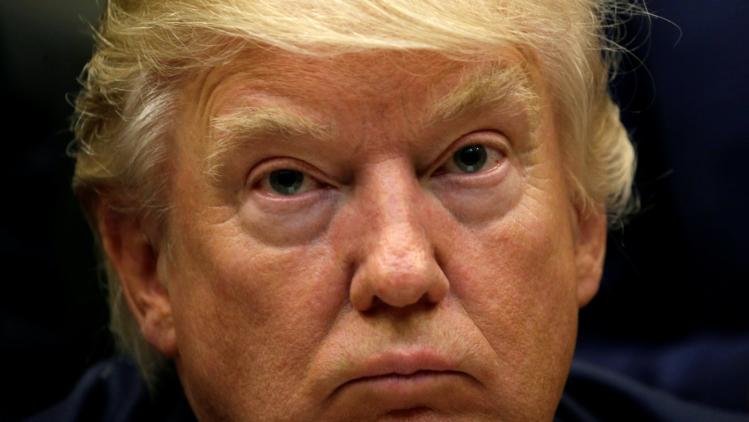
In the last week of its first one hundred days, the Trump administration—desperate to pad its meager record of accomplishments—issued a flurry of executive orders and sketchy legislative proposals. Most of the orders amounted to little more than political theater: they called for reviews and reports, created new task forces, or directed federal agencies to comply with already existing laws. There was a frantic effort to breathe new life into Trumpcare, whose prognosis remains grim. And, finally, there was the president’s long-awaited tax plan, which, after much fanfare, turned out to be a one-page outline offering even fewer specifics than the one he had released as a candidate.
Some have argued that the tax plan is yet more evidence that a man who campaigned as a populist is now governing as a plutocrat. In truth, the new plan looks almost exactly like the one he ran on. Whatever Trump may have said at his rallies or in his tweets (at one point he bragged that his plan would end up costing him “a fortune”), his campaign platform clearly promised massive tax cuts to the wealthiest Americans. No one should be surprised that he is now trying to keep that promise. It is, after all, the one promise Republican presidents have always tried to keep.
The president’s new plan, billed as “the biggest individual and business tax cut in American history,” was hastily prepared and rapturously presented by Treasury Secretary Steven Mnuchin and Gary D. Cohn, the director of the National Economic Council—both multimillionaires who used to work at Goldman Sachs. The White House has proposed to lower income-tax rates across the board, double the standard deduction, and reduce the number of tax brackets from seven to three. It would scrap the estate tax, the 3.8 percent tax on investment income that helps fund Obamacare, and the alternative minimum tax, which keeps the wealthiest Americans from using loopholes to pay little or nothing in federal income taxes. The corporate tax rate would fall from 35 to 15 percent, and companies would be offered a special one-time tax on money repatriated from overseas—at a rate yet to be determined.
Much else about the plan remains to be determined. For example, the income ranges at which the new tax rates—10, 25, and 35 percent—would apply. The plan vaguely promises to get rid of tax breaks that “mainly benefit the wealthiest taxpayers” or “special interests,” but the only tax breaks it mentions are the ones it would protect, like the one for charitable giving, which mainly benefits the wealthy.
It’s impossible to say whether the plan’s vagueness is the result of hurry or political calculation or both. But vague (and predictable) as it is, the outline is alarming in at least two ways. First, the Trump tax plan would have the convenient effect of saving Trump himself a lot of money—though, as long as he refuses to release his tax returns, no one can say how much. Because of a tax filing leaked in March, we do know that in 2005 he paid $38 million in federal taxes on about $150 million worth of income. Without the alternative minimum tax, which his plan would eliminate, he would have paid just over $5 million. His plan would also allow so-called “pass-through” entities to be taxed at the new corporate rate of 15 percent instead of at the individual tax rate, as they are now. This would be a huge boon to real-estate developers like Trump. It would also encourage many high-income workers who are now salaried employees to reclassify themselves as consultants in order to cut their tax liability in half. Finally, the Trump family would obviously benefit a great deal from an elimination of the estate tax.
The worst thing about the tax plan, however, is not how much money it would save the Trumps, but how much it would cost the federal government. The nonpartisan Tax Policy Center estimates that it could add as much as $7 trillion in debt over the next decade. And yet many of the same Republican lawmakers who routinely accused the Obama administration of fiscal recklessness have welcomed Trump’s proposal. The lesson seems to be that, while the country can’t afford to spend more money on entitlement programs or infrastructure, it can still afford a massive debt-financed tax break for the rich. Cohn and Mnuchin argue that their plan would pay for itself by spurring investment and creating millions of jobs. But, as Charles Wilber argues on our site (see “Free-Market Folly”), there has never been much evidence for their trickle-down theory. It persists mainly because it is still the best disguise for naked greed that politicians have been able to come up with. Trump, as we keep discovering, has a weakness for theories without evidence, so no one should be too surprised to find him latching on to this one. And if the tax cuts don’t end up paying for themselves? He can probably live with that too. This is, after all, the man who once anointed himself the “king of debt” and promised to run the country the way he ran his businesses.

